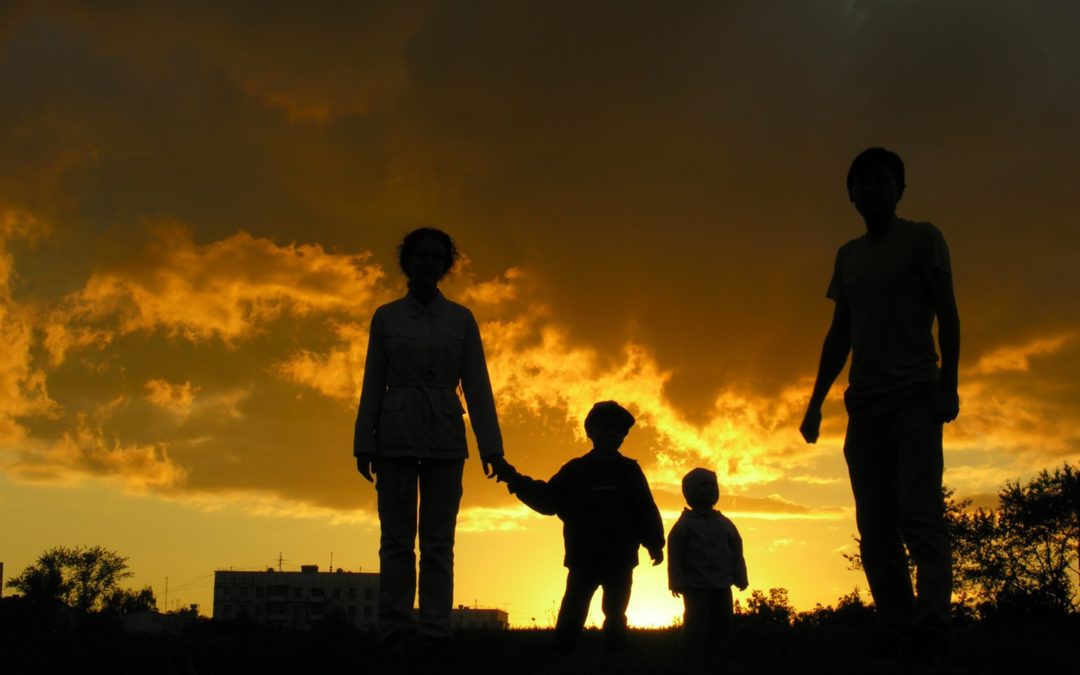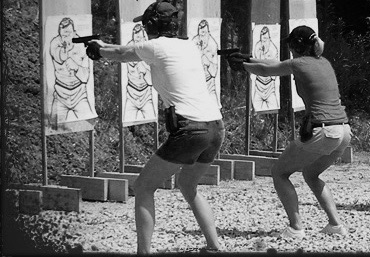DEVELOPING YOUR MISSION READY TEAM
I have had the honor of working with a few great teams of people over the years. I also had the privilege of developing a covert operations team that was designed to undertake asymmetrical combat missions, thrive in hostile environments and consistently be able to eliminate enemy targets to affect the recovery of a kidnap victim or victims. The team was made up of twelve people including a sniper element, breacher and assault element.
Every person on the team was cross trained and was responsible for identifying and assessing targets, conditions and environment, all the time. In most of the missions, there was no cavalry. There was no one to call in an airstrike or another assault team waiting to swoop in and assist. No, we did our own intelligence gathering, planning, reconnaissance and exfiltration.
By every account, we were a high performance team. We honed our skills everyday and night and when we got tired, we rehearsed some more. The nature of the environment and the complexity of our missions demanded flawless execution.
Failure meant more than an unsuccessful outcome, it meant people died. Our success or failure was contingent upon our ability to function as a team.
Having no formal training in team building and having learned from the school of hard knocks and more than an occasional bullet, I eventually identified the fundamentals of developing a mission ready team and then quickly implemented the core competencies associated with them.
After the selection process, which itself was intense and time consuming, we had a “group” of twelve men plus myself. I believe a great deal of my insight came from living with and interacting with all of them over months of time. Because of this I came to understand their hearts and minds as I interacted with them daily on many levels. This was a key ingredient for success.
In the beginning they in no way had all of the characteristics such as commitment, competence, courage, duty, trust, loyalty and integrity, things that make up mission ready teams. I quickly recognized that developing this group into a cohesive team was not going to be as rapid a process as I would have liked.
My role initially was to effectively listen, openly communicate, encourage, accept and promote the members’ shared values and standards. It was my job as team leader to set an example with a new standard and enforce values in addition to competence.
Though the group all came from the same country, they came from various parts of that country. This meant different values, some language barriers, social and cultural differences, as well as concerns of fitting in.
In the beginning nobody really felt that sense of belonging to a team. There certainly were challenges such as in-fighting over who was faster, stronger or who had the most endurance.
Each person spends a good deal of time analyzing and checking out the others trying to see if and how they will fit in. In a normal life, its no different when a guy or gal moves to a new place and goes to a new gym. They walk in and immediately feel like all eyes are on them, while at the same time they are sizing up everyone in the room and comparing each one to themselves.
As that person goes to the gym each day and starts getting to know those gym regulars, they start to feel more comfortable, even like they belong there at a certain point.
It was basically the same process with my team. Over time, they began to realize that though they were all different, they all shared things in common. And the more time they spent together, the more of those differences faded away and the stronger their sense of belonging to that team became.
 TRAIN TOGETHER-FIGHT TOGETHER-WIN TOGETHER!
TRAIN TOGETHER-FIGHT TOGETHER-WIN TOGETHER!
During this Assembly stage, I briefed them repeatedly to orient them to things I felt were important such as what standards were expected, values, what the mission was and the objectives as well as what was standard operating procedure and OPSEC or Operational Security and how it would impact our missions.
This orientation process was critical because elements like shared values set the stage for a cohesive team. Team standards become an important element of team membership. Here they also understood that teamwork required commitment to the mission and objectives, and each member’s contribution was directly related to learning, training and becoming proficient in their role on the team.
Next came the development or “storming” stage, characterized by establishing bonds of friendship and trust. This is where each team member started to exert their independence and some even caused some resistance.
During this time, I saw that each person was attempting to understand what they could expect from the others as well as from the group. I had to intervene on a number of occasions during this time as members had arguments and even a couple of physical altercations ensued.
Sometimes it stemmed from a lack of understanding of another team member’s viewpoint and sometimes it developed as a result of their own lack of understanding of “why” they were given certain tasks or mission or that they did not understand “why” they were training the way they were. In the end, whether questioning, fighting, criticizing or nit-picking one another, all passed with time.
As they all worked on tasks and missions together, they began to understand that they were very effective as a “team” and then trust really began to develop amongst them. And with trust, their bond only strengthened.
As I was able to see it developing before me during that time, I was able to identify how each member accepted their own role and responsibilities and this then led to trusting other team members as well as trusting me to lead them.
The final stage of the development process, “performing” was obvious to me while out on a training operation. We were deep into the jungle terrain, when we stumbled across what we quickly identified as a small band of insurgents. The men rapidly assessed the situation and without communicating a word, took up positions, understood what their goals were and wholeheartedly believed that in order to achieve the goal, which in this case was to rapidly establish control and take down the rebels as quickly as possible and if practical, with minimal casualties to their side.
They were well organized and had clear objectives and when it came time to communicate with each other and me, they did so flawlessly. The entire operation was over quickly and with minimal force. Now they were truly a cohesive high performance TEAM, and most importantly, they knew at that moment “where” they belonged.
THE TAKE-AWAY
In order to deliver on business goals and objectives, teams in the business world must also perform at a high level; they must be totally committed to excellence, loyalty and teamwork.
In the business world, many of us have seen things fall apart rapidly. It may be a project that failed to meet a deadline or a presentation for a new ad campaign. And when there was a group involved in the failure, every person was ready to point fingers as to who messed up. Some likely would do whatever they could to make themselves appear like the white knight while doing and saying whatever they could to inflict suffering and ridicule and blame on their fellow team mates.
That is not a “team”. If you want to succeed, you must encourage your people to act professionally at all times. You must have a system in place that briefs your team in a way that the message is crystal clear.
As the team leader, it is your responsibility to make each team member understand that they are all swimming in the sea without a life vest and they need each other to swim to shore safely.
They must understand that the success of each person is dependent upon the success of the mission. Each person must be accountable for their actions and that includes failures and successes.
It is therefore also your responsibility as the team leader to get every team member to fully understand that each and everyone on the team will benefit or be negatively affected in proportion to the mission.
Finally, it is your responsibility to make sure that you present your team with a level playing field when it comes to communicating. If they feel they cannot talk to you or if they fear some negative impact or action will befall them for speaking their mind, then you not only have failed as a leader, but have taught them all to fear retribution. Aside from achieving mission success, this could easily lead to a continual cultural atmosphere of very poor performance borne out of fear of reprisal.
If you want to develop a high performance mission ready team then take the time to get to know each and every team member and what makes them tick, what drives them in every way so that you can harness those critical facets of each member and hone them into a cohesive high performance team. And learn the importance of training. For it is training that is at the heart of all successful leaders and teams.
Lastly, keep in mind that you will have challenges as a team leader. Be sure your team moves from the first stage to the last stage relatively quickly. You should strive to build your high performance team in the shortest amount of time that is practical. When you assemble men and women for a team, they must be of character because it is crystal clear to me from my past experiences that character arises from habit and it is much easier to mold those with character from the start into a high performance mission ready team.






